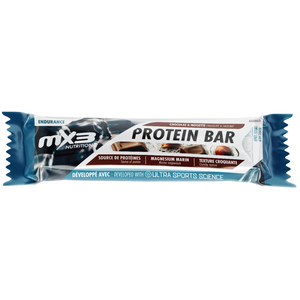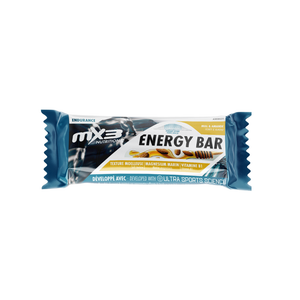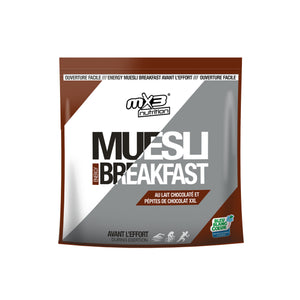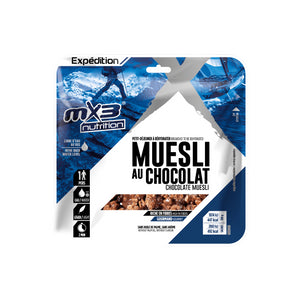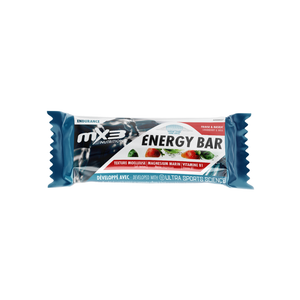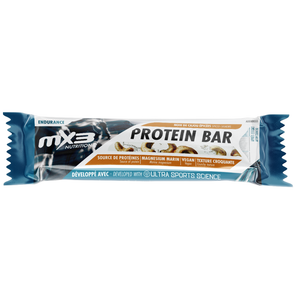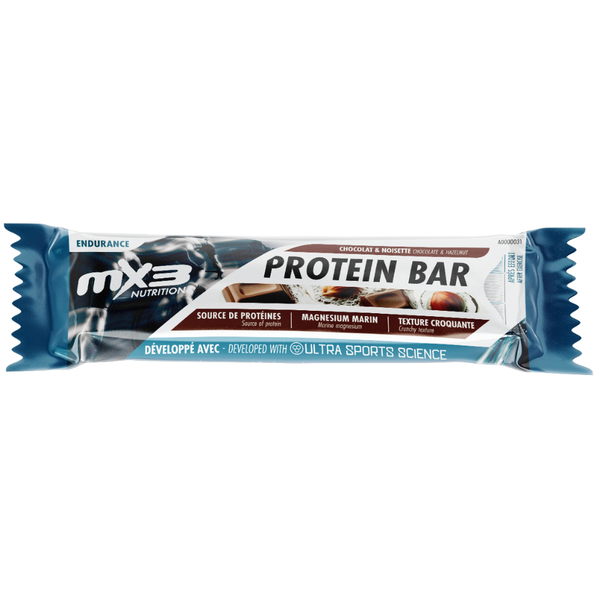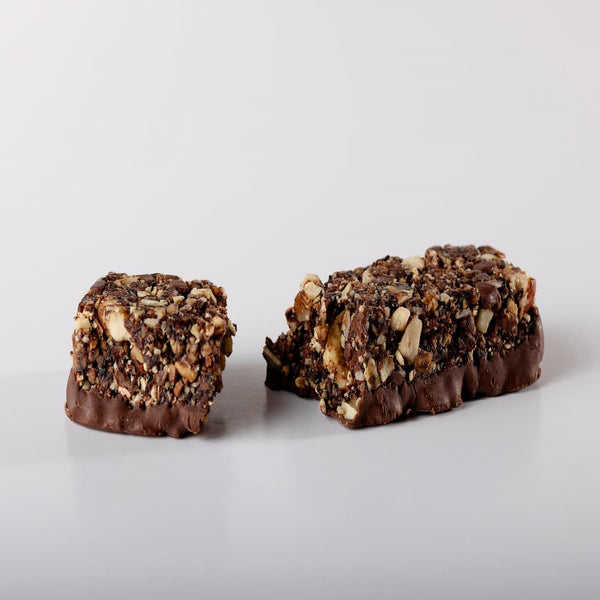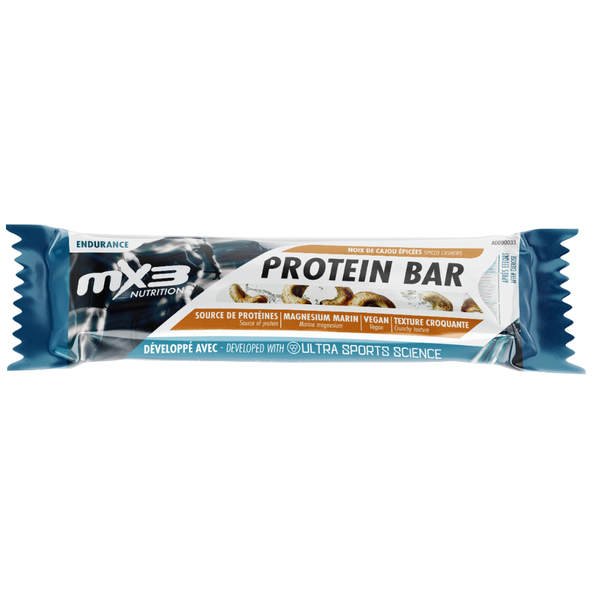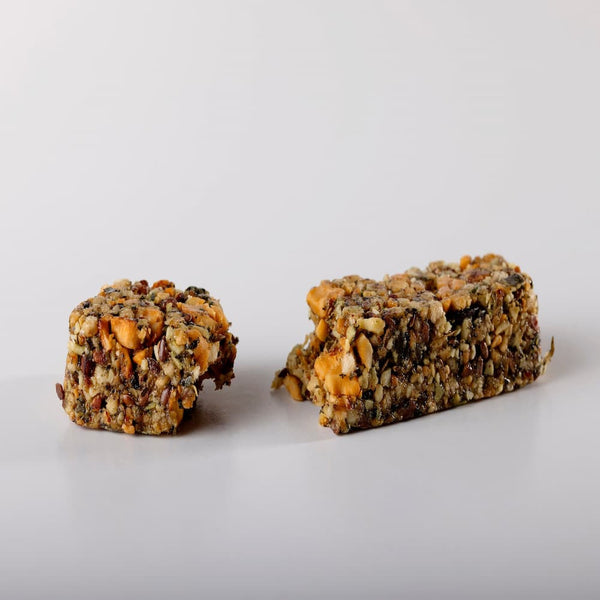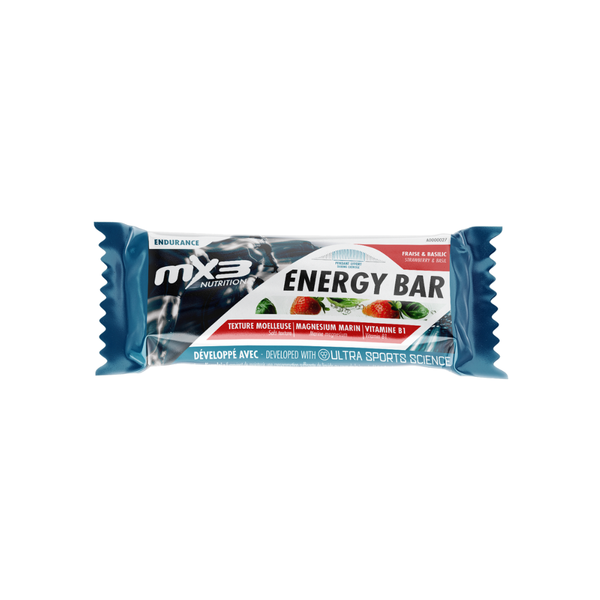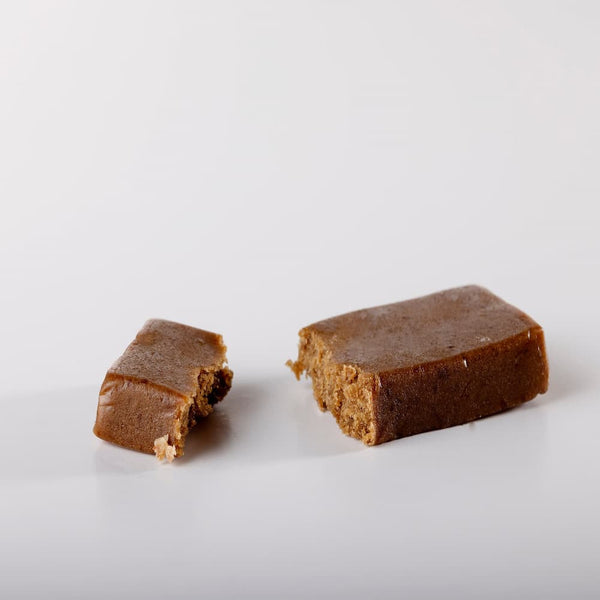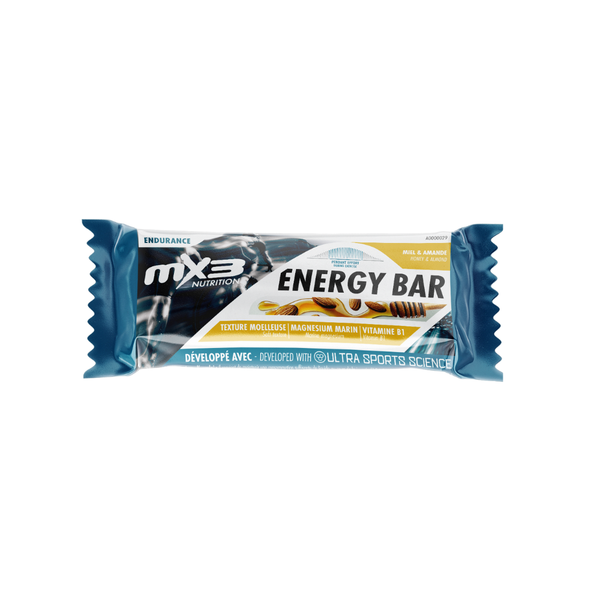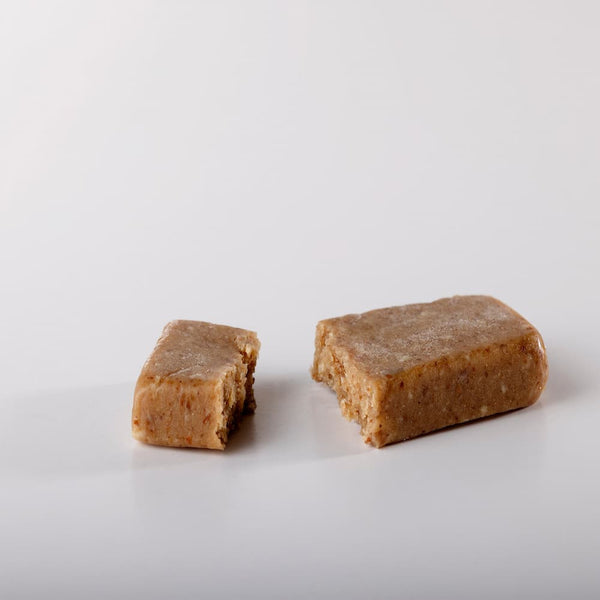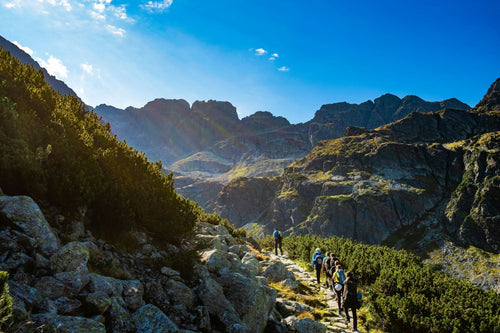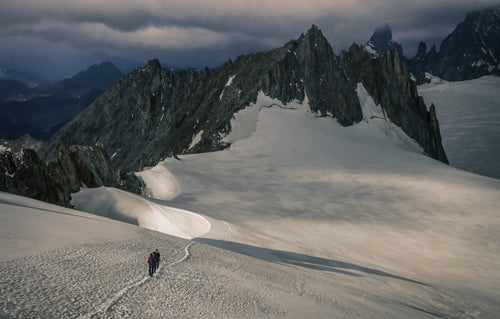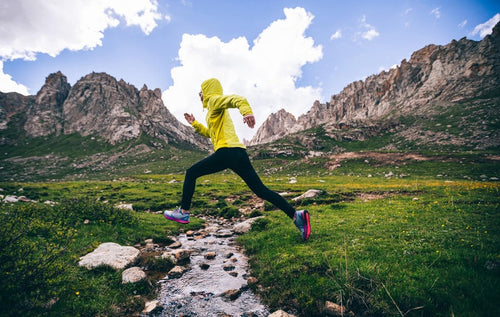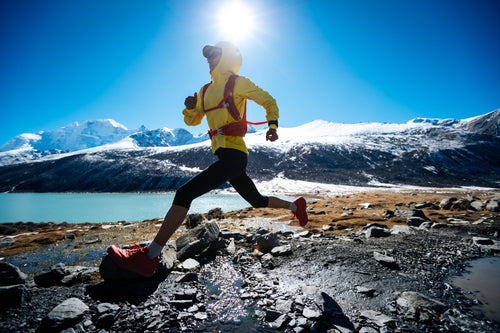If a long time ago making a fire was an easy daily task for man, today it requires adequate knowledge, training and equipment. This article is not intended to teach you how to make a fire by rubbing stones in the event of the end of the world, but to give you the basics in order to make a campfire quickly and safely during your bivouacs.
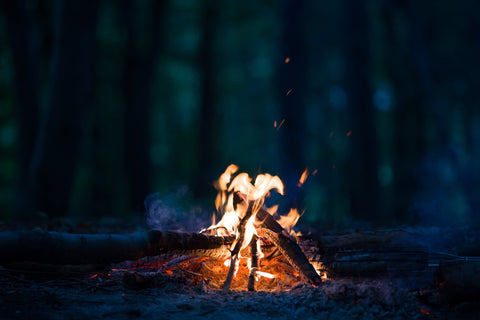
Leave with the necessary equipment
Unless you are already experienced in ancestral techniques, such as lighting a fire with flints or a bow, we strongly advise you to prepare the necessary equipment before your departure.
A fire starter
The first step to starting a campfire is of course getting a flame. Today, we have modern equipment at our disposal allowing us to do this very quickly:
- a lighter,
- matches,
- a firestone, or "firesteel" which allows sparks to be obtained by friction. It is particularly appreciated in humid weather when the lighter or matches struggle to fulfill their role.
A fuel
While it is possible to find natural fuel sources in nature, in wet weather this can quickly become complicated. Taking fuel with you can therefore make your life easier. If the first fuels that come to mind are newspaper, paper tissues... we prefer a more natural fuel that can today be found in outdoor stores: tinder. You can, in fact, obtain this mushroom, which is normally found on the bark of trees, sold in slabs. This allows you to always have dry fuel on hand.
Determine a good location
Before even starting a fire, it is important to choose its location carefully. You must, in fact, always keep in mind that a fire can spread very quickly and can then be a real danger for yourself and for nature.
Sheltered from the wind
Although it's not always easy, sheltering your campfire from the wind will save you a lot of worry. The wind can be your enemy in two very paradoxical ways: it can either extinguish it (and good luck restarting it!), or on the contrary spread it, making it out of control.
A safe distance from any flammable source
It is advisable to establish your fire between 2 to 5 m from anything that could catch fire quickly. This concerns both natural elements: trees, dry grass, dead leaves... and the equipment you have brought: tent, sleeping bags, bags...
Collect wood
To have a successful campfire, you will need to gather three different types of elements:
- Combustible elements: twigs, bread apples, bark, resin... these elements must be very dry in order to catch fire quickly.
- Medium-sized pieces of wood: mainly dead branches that you find on the ground. There is no point attacking green branches directly in the trees, this will burn very badly and is also very harmful for the tree in question.
- Larger pieces of wood that will burn more slowly and fuel your fire over time.
Build the campfire
As a reminder, your campfire must be established in a dry place, sheltered from the wind and at a reasonable distance from any flammable material. If the ground is too wet, it is possible to dig a hole to find dry earth and start your campfire there. The architecture of your fire must respect simple principles. First of all, create a “sub-hearth” with the most easily flammable elements. They are the ones that will catch fire and then set the other, larger elements ablaze. Then add the medium sized items, then the larger ones on top. If you encounter difficulties, it is also possible to build your fire in reverse: large elements on the ground, then medium ones, then small ones.
The Swedish log, natural stove
There are dozens of variations for building your campfire. The Swedish log technique is especially interesting for cooking because it provides support for a saucepan or pot. For this, you will of course need a log, but also an ax or a saw (for the most equipped adventurers!). The system is then quite simple: you have to split the log into 4 pieces which you will then gather upright at the place where you want to make your fire. Then, arrange the same elements as indicated previously, from the most flammable to the least flammable, inside the log and light everything. If the log is having trouble standing up, you can use paracord to hold it up. The 4 pieces of the log must be close enough to hold everything together but must also leave enough oxygen to the fire.
Maintain the fire
Once lit, it is important to properly maintain your campfire so that it does not go out quickly or, on the contrary, spread. The key is to feed it regularly, without suffocating it by adding too much wood at once because the fire needs oxygen to burn. You should also not feed it with too many flammable elements at once, at the risk of not being able to control it afterwards. In either case, you should never leave your fire unattended. Any damage it may cause is your responsibility. Also be careful to raise awareness among children who may be present at your bivouac in order to avoid any accidents.
Knowing how to put out a fire is as important as knowing how to light it!
When you leave your bivouac to get back on the road or go to sleep (unless someone is responsible for guarding), it is essential to take all the necessary precautions to ensure that the The fire is well extinguished and is no longer a danger to those around it. To do this, we advise, when possible, to let it burn until it goes out naturally then to water it, as well as the surrounding area until the ashes are cold, then to disperse them. To put out a fire that is still burning, you will need to water it several times and then proceed in the same way, making sure that everything has become cold and that there is no longer the slightest little flame.
Before setting out, be sure to carefully consult the regulations in force regarding campfires at your various bivouac sites.

